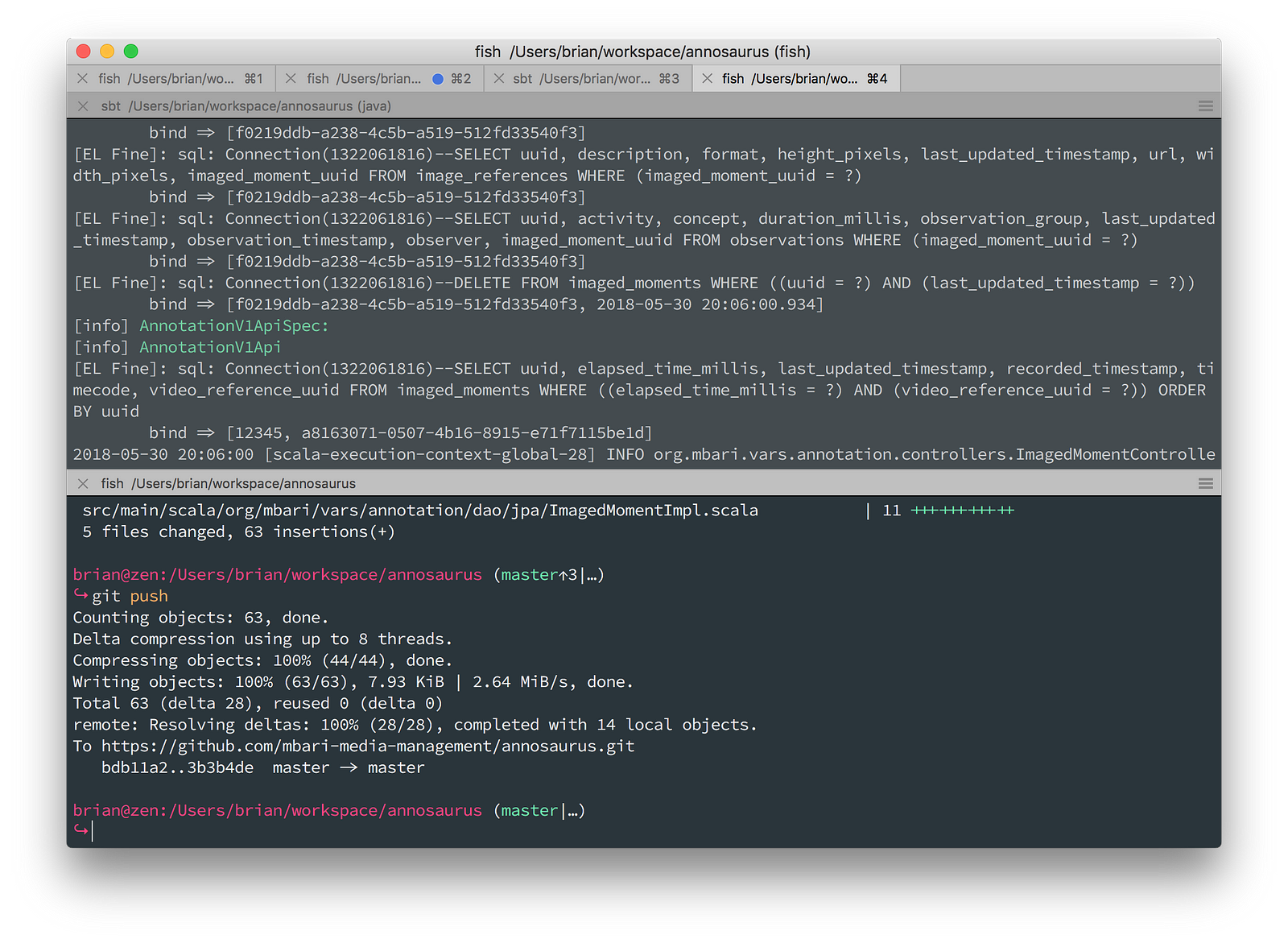IntelliJ IDEA lets you specify a run/debug configuration for Scala scripts.
Download File Multi Tool 5 for macOS 10.7 or later and enjoy it on your Mac. -- Version 6 is out! Search for 'File Multi Tool 6' instead -- File Multi Tool 5 is the ultimate file tweaking tool. Documentation Download Support Get Involved. Hosted on IBM Cloud. Mac Homebrew $ brew install [email protected] Macports (Third-party package) $ port install sbt.
| Script file | |
|---|---|
| Program parameters | |
| VM options | If necessary, specify the string to be passed to the VM. When specifying the options, follow these rules:
If there is not enough space, you can click and enter the string in the dialog that opens. |
| Script Runner Args (e.g. -deprecation) | |
| Working directory | Specify the directory that will act as the current directory when running the test. It will act as the root directory for all relative input and output paths. By default, the directory where the project file resides, is used as a working directory. Type directory name, or click and select the desired directory in the dialog that opens. |
Toolbar

Scala Install Mac
| Item | Shortcut | Description |
|---|---|---|
| Alt+Insert | Click this button to add a new configuration to the list. | |
| Alt+Delete | Click this button to remove the selected configuration from the list. | |
| Ctrl+D | Click this button to create a copy of the selected configuration. | |
| Edit defaults | Click this button to edit the default configuration templates. The defaults are used for newly created configurations. | |
| or | Alt+Up or Alt+Down | Use these buttons to move the selected configuration or folder up and down in the list. The order of configurations or folders in the list defines the order in which configurations appear in the Run/Debug drop-down list on the main toolbar. |
| Move into new folder / Create new folder | Use this button to create a new folder. If one or more run/debug configurations are in focus, the selected run/debug configurations are automatically moved to the newly created folder. If only a category is in focus, an empty folder is created. Move run/debug configurations to a folder using drag-and-drop, or the buttons. | |
| Sort configurations | Click this button to sort configurations in alphabetical order. |
Scala Tool For Machine Learning Source Code
Common options
Scala Tool For Machine Learning Pdf
| Item | Description | |||||||||||||||||
|---|---|---|---|---|---|---|---|---|---|---|---|---|---|---|---|---|---|---|
| Name | In this text box, specify the name of the current run/debug configuration. This field does not appear for the default run/debug configurations. | |||||||||||||||||
| Defaults | This node in the left-hand pane of the dialog box contains the default run/debug configuration settings. Select the desired configuration to change its default settings in the right-hand pane. The defaults are applied to all newly created run/debug configurations. | |||||||||||||||||
| Share | Select this check box to make the run/debug configuration available to other team members. If the directory-based project format is used, the settings for a run/debug configuration are stored in a separate .xml file in the If the file-based format is used, the settings are stored in the This check box is not available when editing the run/debug configuration defaults. | |||||||||||||||||
| Single instance only | If this check box is selected, this run/debug configuration cannot be launched more than once. Every time a new run/debug configuration is launched, IntelliJ IDEA checks the presence of the other instances of the same run/debug configuration, and displays a confirmation dialog box. If you click OK in the confirmation dialog box, the first instance of the runner will be stopped, and the next one will take its place. This makes sense when the usage of certain resources can cause conflicts, or when launching two run/debug configurations of the same type consumes too much of the CPU and memory resources. If this check box is not selected, it is possible to launch as many instances of the runner as required. So doing, each runner will start in its own tab of the Run tool window. | |||||||||||||||||
| Before launch | Specify which tasks must be performed before applying the run/debug configuration. The specified tasks are performed in the order they appear in the list.
|
